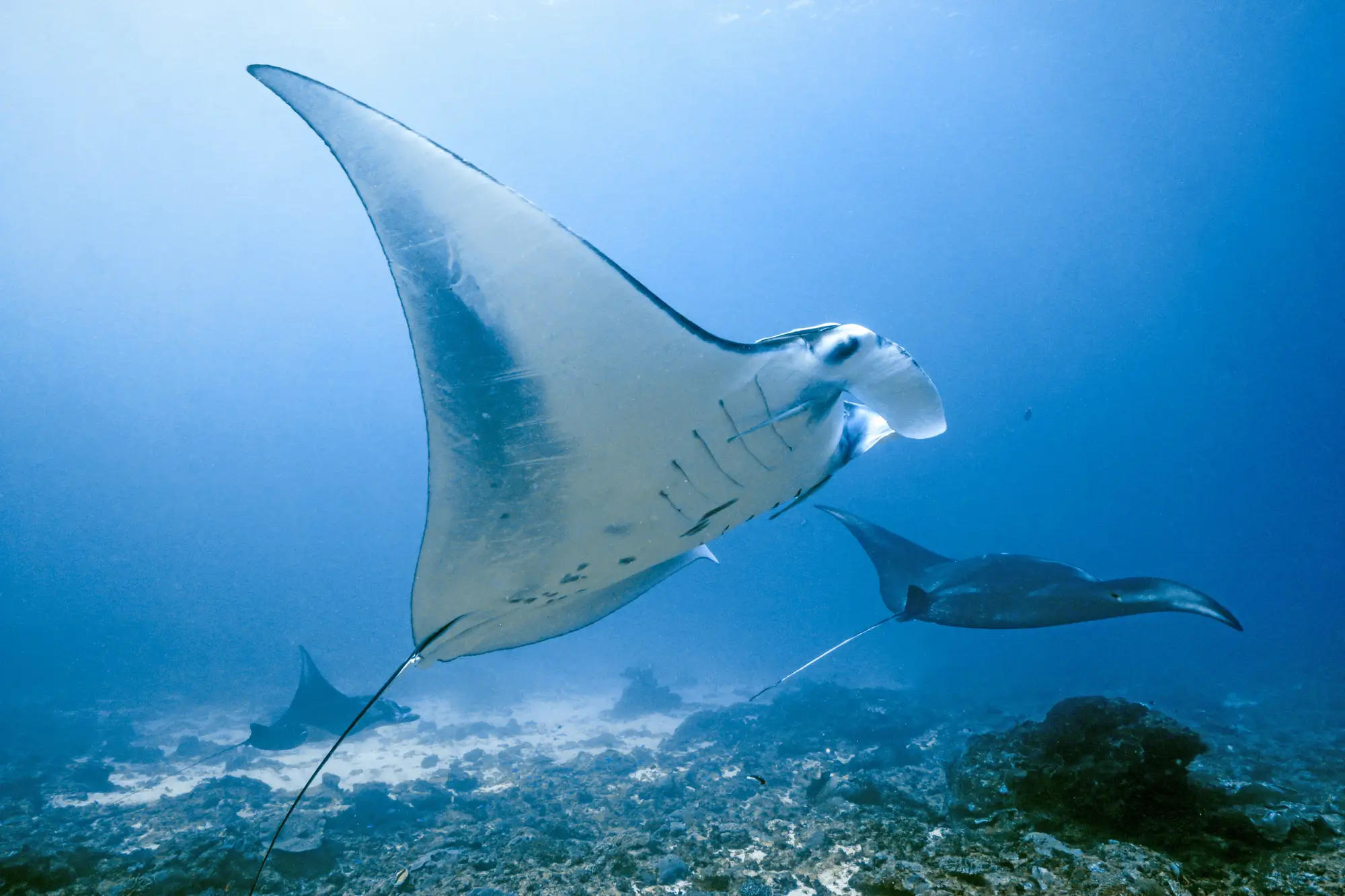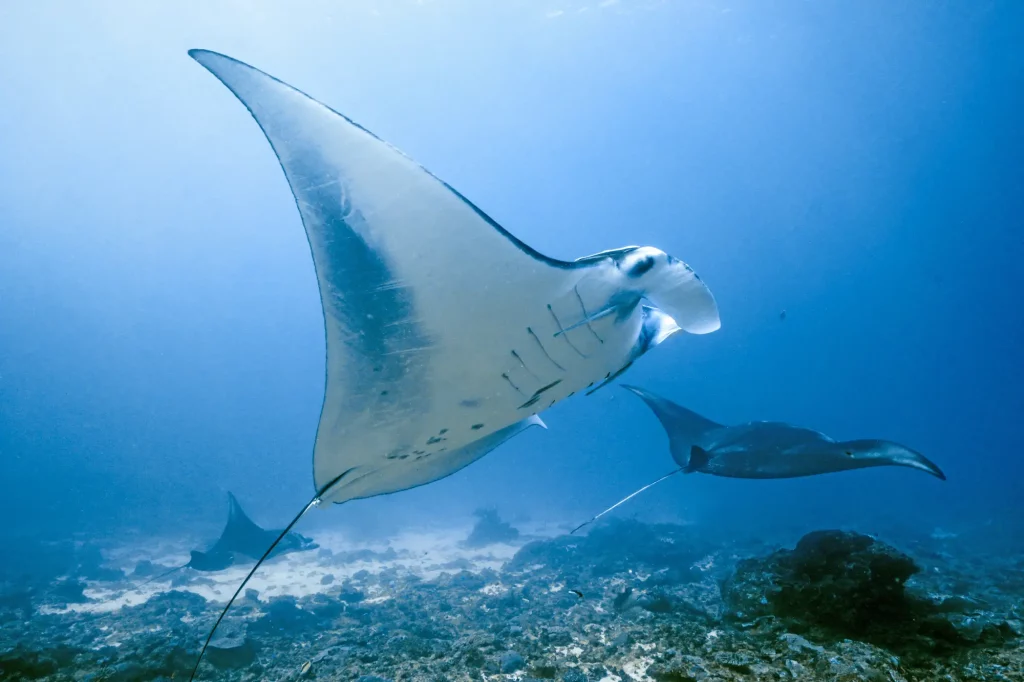
In 2018, I had the opportunity to volunteer as a research intern for the Marine Megafauna Foundation (MMF) in Nusa Lembongan, Indonesia.
We studied the habitat, movement, behavioral and reproductive ecology of reef manta rays, in order to advocate for legislative protection of the species within and between their critical habitats, in addition to also engaging the public on the importance of manta rays and the threats that they face, locally and globally.
My volunteer experience with the MMF undoubtedly inspired my decision to pursue a bachelor’s degree in environmental management and added to the fire that fuelled my passion for marine conservation which continues to this day.
What is the Marine Megafauna Foundation?
The Marine Megafauna Foundation aims to save ocean giants from extinction through research, education, and ultimately the protection of species and their core habitats.
To exist in a world where humans and marine life can thrive together is the central vision of the MMF.
In order to influence policies for the protection of marine megafauna, more research has to be done to allow us to understand these creatures, their behavior, and their nature, so as to make viable justifications for their protection on governmental and legislative levels.
In Indonesia, the MMF conducts research primarily on manta ray populations. This is done in four primary locations known as manta ray aggregation sites. These include:
- Nusa Lembongan
- The Komodo National Park
- Sangalaki Island
- Raja Ampat
In each of these biodiversity hotspots, the MMF studies the threats of fisheries on manta ray populations, the impacts of marine microplastic pollution, and encourages sustainable eco-tourism to safeguard and protect manta ray populations and the Indonesian marine ecosystem.
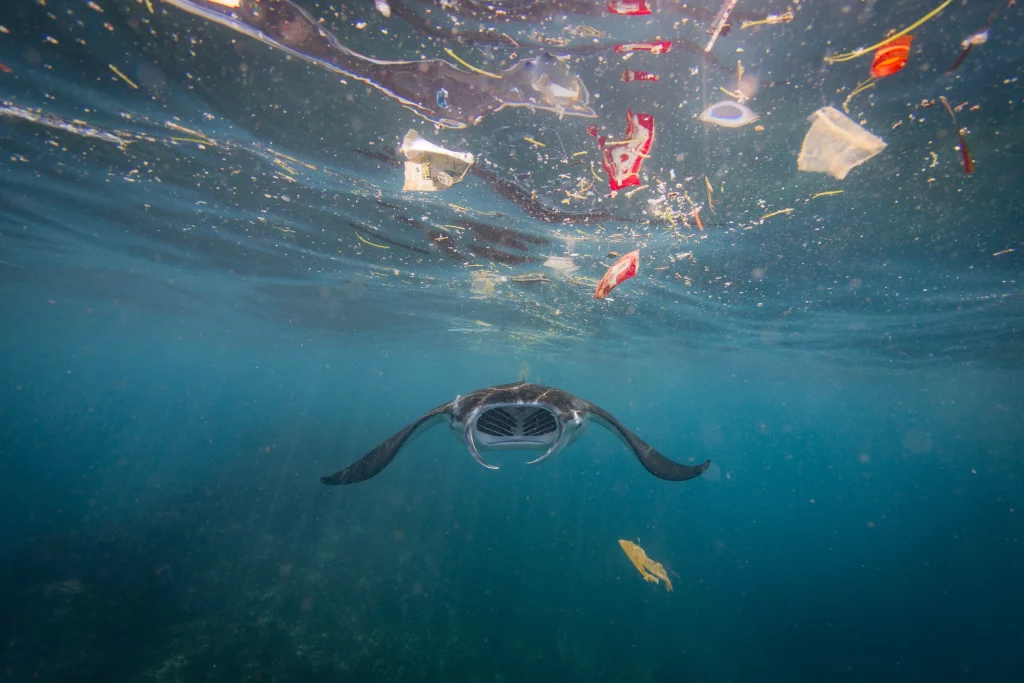
What is it like to Volunteer with the Marine Megafauna Foundation?
To volunteer in Nusa Lembongan as a research intern, the Marine Megafauna Foundation requires you to be a confident diver (have more than 100 dives or be a certified divemaster or above), have all your own dive equipment, a passion for marine conservation and manta ray research, personal laptop, enthusiasm, and preferably your own go pro or underwater camera.
This is because the volunteer experience of a research intern involves a variety of activities ranging from research dives, spreadsheet work, photography and identification of manta rays, as well as aiding and eventually conducting educational presentations and events for the public.
What Does a Typical Day Look Like for a Volunteer?
When I was a volunteer with the MMF my days were diverse and always interesting. On diving days I would join different dive shops around Nusa Lembongan for a dive at Manta Point or Manta Bay – the two dive sites on Nusa Penida where reef manta rays are commonly spotted. Before any dive, I would give briefings in English to the dive guests about manta rays, proper etiquette when diving with them, and the role of the MMF in manta ray research.
During the dive, if any manta rays were spotted, I would aim to get photos of their underbelly without disturbing their natural behavior or the experience of the dive shop guests. Manta rays are individually distinguished by the unique markings on their belly. By identifying individual manta rays, we were building and contributing to a database of local manta ray populations.
During dives, I would also aim to get photos of the other parts of their bodies, in order to capture and log injuries, their sex, and any distinguishing physical traits. I was also responsible for gathering data on the number of boats at each dive site, sightings of any other marine megafauna, and plastic pollution in the water.
Once I was back at the office, I spent my time entering data into spreadsheets concerning the information I collected, identifying manta rays and recording my observations from the dives, and uploading information and photographs to Manta Matcher – a global online database for manta ray identification photos.
Some evenings I attended the MMF educational talks about manta rays, helped set up the presentation, and over time, worked towards conducting the talks myself. Here, I really got to practice and become confident with my public speaking skills. Additionally, I also took part in organizing and hosting an MMF fundraiser event.
I thoroughly enjoyed my time working with MMF, contributing to manta ray research, spreading awareness for their protection, and building relationships with dive shops and business owners on the island.
It is important to note that Nusa Lembongan, though it is a beautiful tropical paradise, is also a small island, and the standard of living is quite basic.
The MMF does not provide food or accommodation for their volunteers, nor flights or visas, so this must all be self-funded.
However, they do not require any funds from participants in their volunteer program. They will equip you with an immense amount of manta ray knowledge and a skill set that you can take with you into any field of marine biology or marine conservation project.
How Did Volunteering Impact Your Career Path?
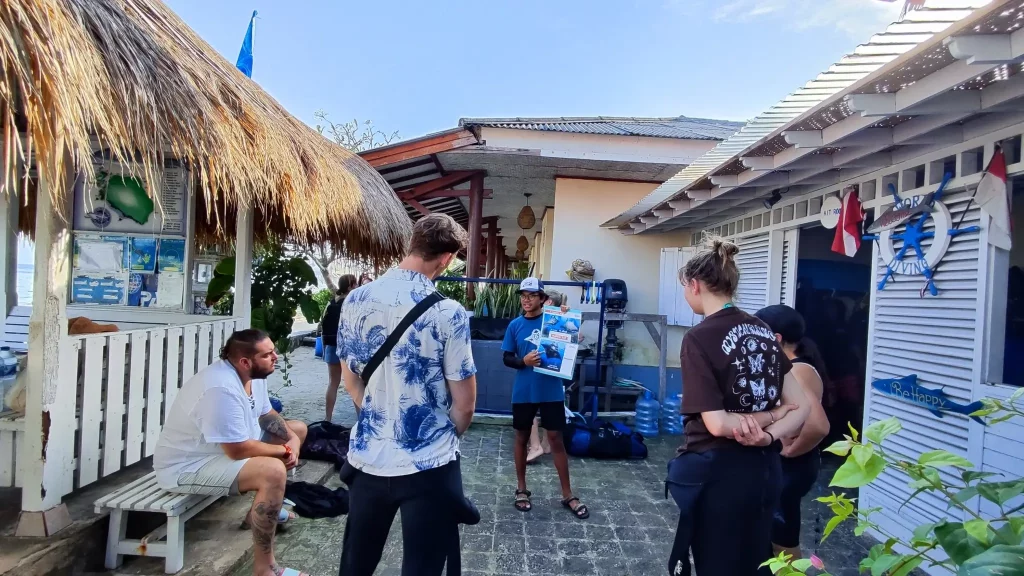
Through my experience with the MMF, I developed skills in data collection, underwater photography, data synthesis, community engagement and public speaking. I gained a deeper understanding of marine conservation and research, and became confident in my ability to communicate information.
Undertaking and completing this volunteer position encouraged me to study for a degree in environmental management – something I was already considering before working with the MMF, and that was solidified through my time with them. The experience I had with the MMF taught me to be motivated independently, to be able to complete the tasks and challenges I was given. The entire experience proved to me that an online degree is something I am capable of achieving, as long as I am passionate about the concept.
Throughout my time as an undergraduate student and as a freelance writer and blogger thereafter, I have referred to marine microplastics and utilized my knowledge of manta rays in Indonesia to create essays, articles and blog posts about environmental management, marine conservation, and scuba diving. The knowledge I gained throughout my time with the MMF has served me well and continues to play a part in my unfolding life and career in environmental conservation.
” It was an empowering experience to be a part of the MMF and a greater movement for marine conservation, however, it also highlighted very clearly the struggles that we face in advocating for marine protection. “
To know more is to know how much you have to face, and to be better equipped to fight. A double-edged sword, however, if held right can most certainly be used for good. This knowledge and awareness is a perspective I personally gained through my volunteer experience as well as from my later university studies.
It is vital to remember, that there is always hope! Through the collaboration of the MMF and citizen science contributions, the MMF was able to influence a national policy for manta ray protection in core habitats around Indonesia as they were able to prove the migration and movements of individual manta rays in multiple locations.
This is only the start of manta ray protection and the progress the MMF aims to accomplish with marine life globally through their research and outreach efforts.
How You Can Get Involved
If you want to get involved, start by checking MMF’s volunteer opportunities on their website. Otherwise, you can also donate or adopt a manta ray to fund their different research projects and support their efforts in marine conservation.
Final Thoughts
The work undertaken by MMF is essential to protecting our oceans and the amazing life that thrives within them.
Without our oceans and their creatures, our world will cease to exist. This is why we have to support initiatives like the MMF and do our part in safeguarding the oceans for generations to come.
Joining the Marine Megafauna Foundation team as a research intern on Nusa Lembongan gave me the skills and drive to undertake a degree in environmental management – I’m sure it could be a valuable experience for you too!
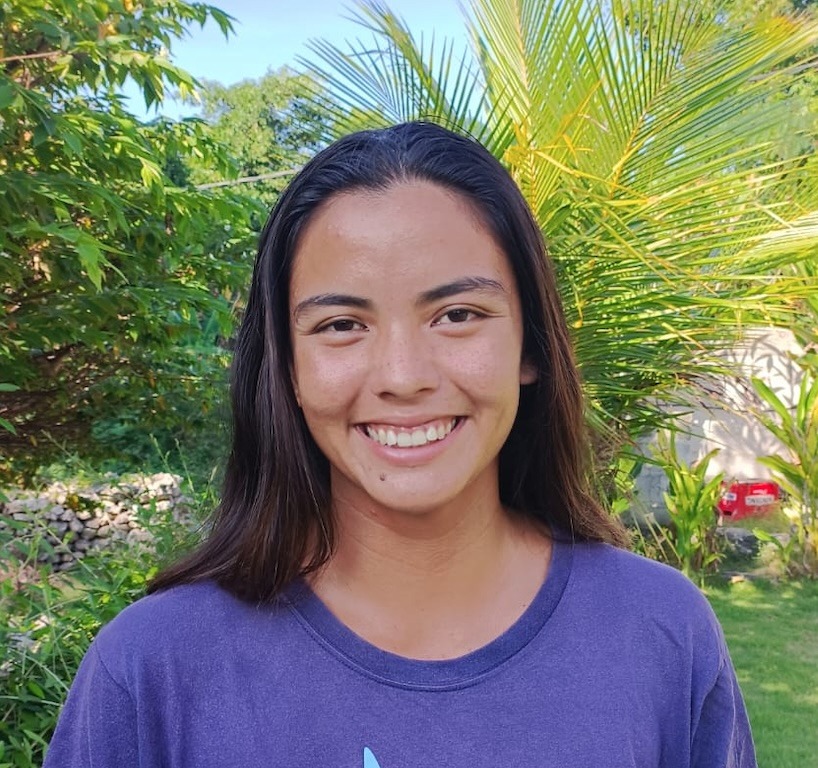
Kayli Wouters currently works as a freelance writer for ReefProtect, and as a surf guide in the Mentawais, Indonesia.
If you are planning a trip to Indonesia, read her recommendations on the best eco-diving spots.
